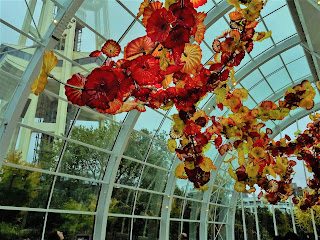Watercolor techniques & tips
Over the holidays I received some great books on how to watercolor, and one I especially like is The Modern Flower Painter by Anna Mason.Her tips can be used for any watercolor scene you might be doing, but her thoughts on building up the color with layering was really useful to me in this rose.
Now remember, I just started this 6 months ago so try not to be too critical because I know I will never be Rembrandt!
Here are some other tips that I have learned and would like to share. Learning and being self-taught, I have had many frustrating moments that knowing these few tips could have saved me from. ( I also could have taken classes to learn these things, but that is not me!)
- Buy good brushes. Research them for the type of painting you want to do and then get the best you can afford. When I first started I just bought a bag of brushes. I have now disposed of all of them. A good brush will hold the water and your paint, as well as keep its shape while you are working.
- To clean your brush, do a figure 8 with it in a jar of water, and voila clean!
- Use real watercolor paper. I did not realize it was so important until I was doing my Christmas cards. Doing a painting on my watercolor pad was so much better than the cardstock. After researching it I found out this. The watercolor paper has a grip to it that will accept the water and let it move. It will not warp. The next time I do cards, I think I will attach a watercolor painting to the cardstock. A much better idea. There is a range of costs with watercolor paper, but I am using Royal & Langnickle 140# coldpress paper that I purchased at Michaels. It is not expensive when compared to others and gives me results I am happy with. Don't forget that you can divide you sheets and use it for several paintings.
- Let your paint dry. Letting the paint dry before adding another layer to deepen the hue is critical. If you don't you will end up with a mess, as I have done. Letting it dry will set it, preventing bleeding that you may not want.
- Buy quality paint. With watercolor painting, you use a small amount of paint. Adding water to it gives different hues, and I start light and build my color. A good paint will have more pigment and so you will be able to get more hues from it. The other fab thing about watercolor paint is that it will not be wasted. I just let it dry and by adding a bit of moisture to it, it is good to be used again.




Comments
Post a Comment